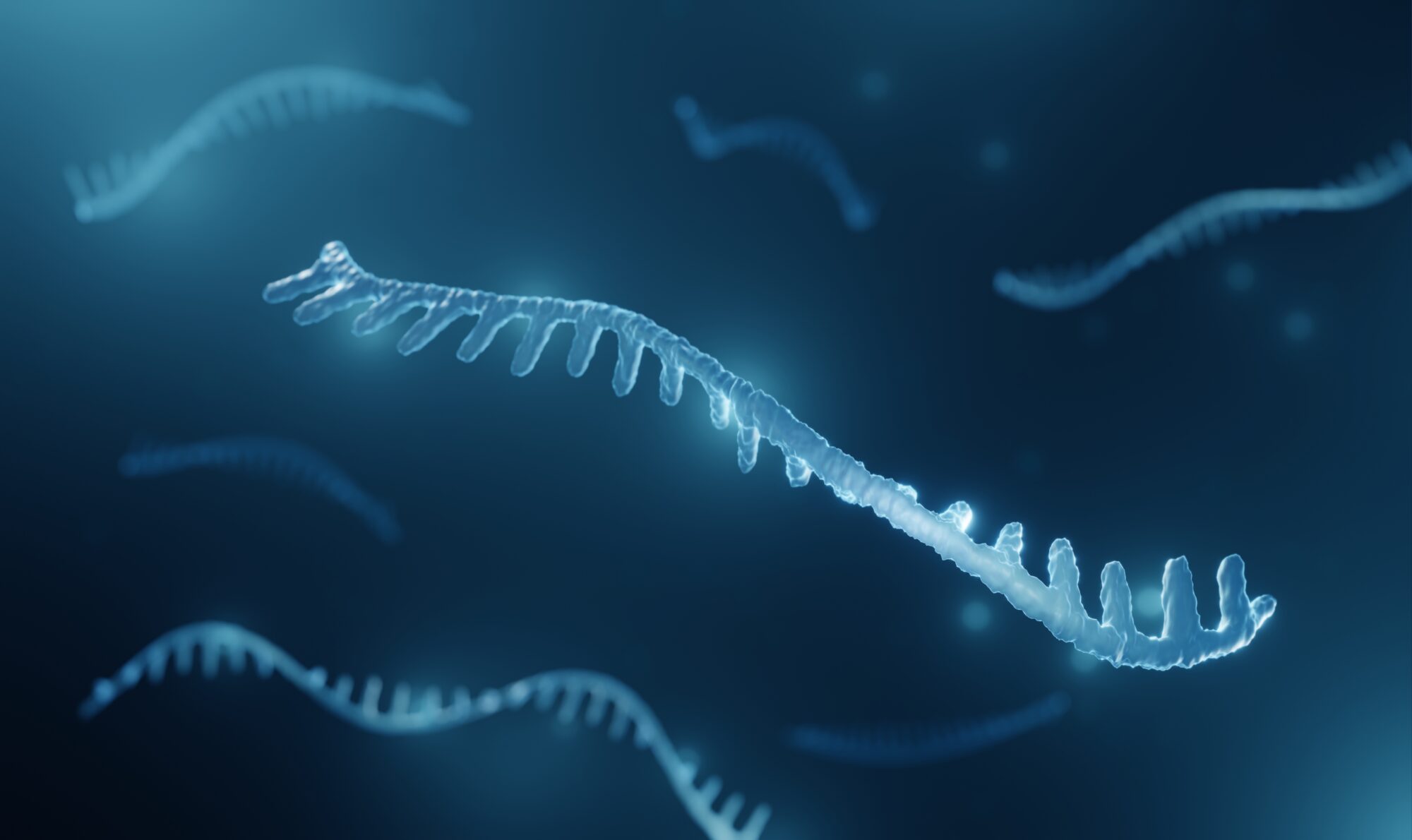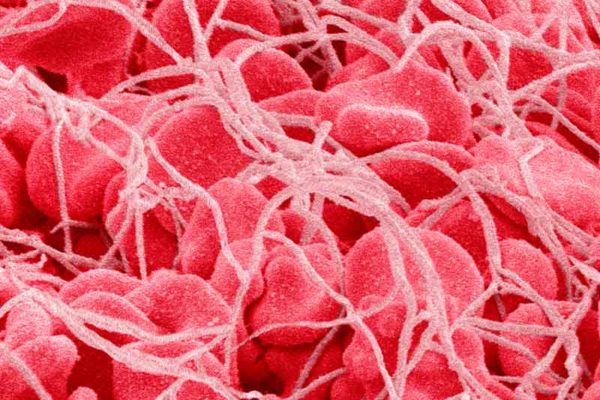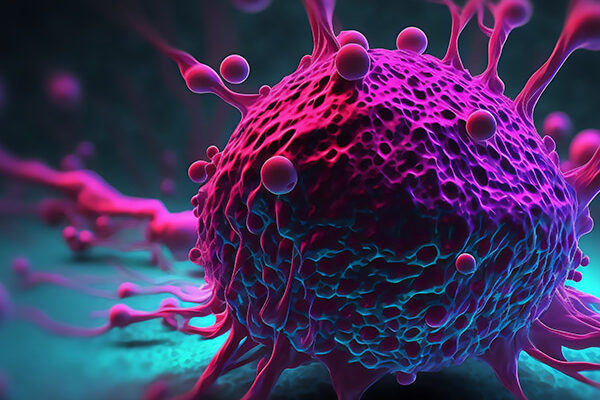The technology relates to novel oligonucleotides that bind to H19, displacing Let-7 miRNAs, leading to a reduction in inflammation in muscle tissues, and consequently a reduction in muscle wasting.
Proposed use
Reduction of the inflammatory response in muscle tissues to reduce inflammation-induced muscle loss
Problem addressed
Inflammatory signalling contributes to the loss of muscle mass in older individuals and those with chronic conditions such as Chronic Obstructive Pulmonary Disease (COPD), Chronic Heart Failure (CHF) or Chronic Kidney Disease (CKD). This is closely linked to increased mortality and greater dependence on care in these patients. Inflammation-associated muscle wasting can also occur in response to acute critical illness, not only leading to increased mortality but also contributing to prolonged stays in the intensive care unit (ICU) and long term sequalae of critical illness. In order to address these issues, one approach is to suppress the muscle inflammatory response. The present invention provides a mechanism of doing so; novel oligonucleotides that bind to the H19 gene, displacing Let-7 miRNAs, and downregulating the expression of Myc and the inflammatory cytokine IL-6. This system appears to operate in all three muscle types (cardiac, skeletal and smooth muscle), providing the potential to not only combat skeletal muscle wasting, but also cardiac diseases such as atherosclerotic lesions and maladaptive cardiac hypertrophy.
Technology overview
The key features of this technology include:
- 2 oligonucleotides that bind specifically to H19
- Blocking of the interaction between H19 and Let-7 miRNAs, to reduce myc activity and inflammation, thereby reducing skeletal muscle loss
- A targeted therapeutic approach due to the restricted nature of H19 expression
- Potential future applications in cardiac and smooth muscle wasting
Benefits
- Reduced inflammatory response in all three types of muscle tissue
- Reduction in inflammation-induced muscle wasting
- Reduction in mortality, dependence on care and length of hospital stay
- Targeted therapeutic approach
Development stage
- Background data obtained showing that this system is an important component of several pathological conditions
- Preliminary data showing that the approach works in cells and in vivo
Intellectual Property information
A priority application at the UKIPO has been filed to protect the novel oligonucleotides. The application is currently pending.





